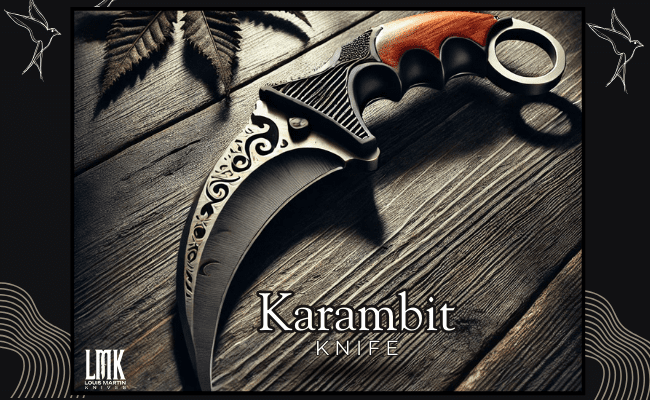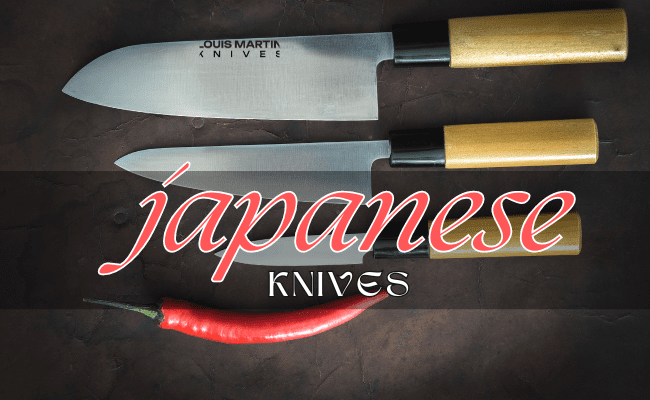Damascus Steel: Unveiling its Ancient Secrets
In the annals of metallurgy, few materials have captured the imagination and reverence of enthusiasts quite like Damascus steel. Also known as damasked steel, it boasts a storied history dating back to the pre-industrial era when it was predominantly used to forge exceptional weapon blades. What sets this material apart is not just its unparalleled strength and sharpness but also the mystical and secretive process of its creation.
The Birth of Damascus Steel
The manufacture of Damascus steel was shrouded in mystery, often involving a secret carburization process. In this cryptic procedure, a particular form of wrought iron was subjected to intense heat within closed vessels. This process brought it into contact with various carbonaceous materials, initiating a transformative journey.
The outcome of this clandestine procedure was an iron-carbon alloy, distinctively patterned and containing as much as 1.8 percent carbon. This carbon content was notably higher than that found in regular steel. The result was a steel renowned for its exceptional durability and the legendary wavy patterns adorning its surface.
The Pattern of Mystery
One of the defining features of Damascus steel is its mesmerizing, water-like patterns, often referred to as ‘damasked’ patterns. These patterns are created by a combination of several factors, including the differential etching of the steel’s surface layers and the forging process itself. What adds to the mystique of these patterns is the fact that they are unique to each piece. No two Damascus steel blades are identical, making each one a work of art in its own right. This distinctive aesthetic quality has contributed to the enduring allure of these blades.
The Legendary Swords of Damascus Steel
The legendary swords forged from Damascus steel have earned their place in history. These blades were revered for their exceptional strength, sharpness, and resilience. They were favored by warriors, heroes, and legends, from the Crusaders of the Middle Ages to the knights of yore. One of the most enduring tales associated with Damascus steel swords is their purported ability to cut through other blades and armor with remarkable ease. This superlative performance became the stuff of legends, and the reputation of Damascus steel swords spread far and wide.
The Mysterious Demise
While Damascus steel enjoyed an illustrious reign, its production mysteriously declined. The secret to its creation was closely guarded and eventually lost to history. The decline in quality and quantity of these iconic blades left enthusiasts and historians perplexed.
Modern Resurgence
In recent times, there has been a resurgence of interest in the art of crafting Damascus steel. Skilled blade smiths and metallurgists have sought to unlock the secrets of the past, attempting to recreate the remarkable alloy using modern techniques. The modern iterations of Damascus steel aim to capture the beauty and strength of the ancient blades. While the exact techniques of the past may remain shrouded in mystery, contemporary artisans have succeeded in producing stunning pieces that pay homage to this legendary material.
In Conclusion
Damascus steel remains a testament to the ingenuity and craftsmanship of our ancestors. Its enigmatic creation process, coupled with its legendary performance, has made it an enduring symbol of excellence in metallurgy and blade-making. While the secrets of its creation may have been lost to time, the legacy of Damascus steel lives on in the blades that continue to capture the hearts and imaginations of collectors, historians, and blade enthusiasts around the world.








